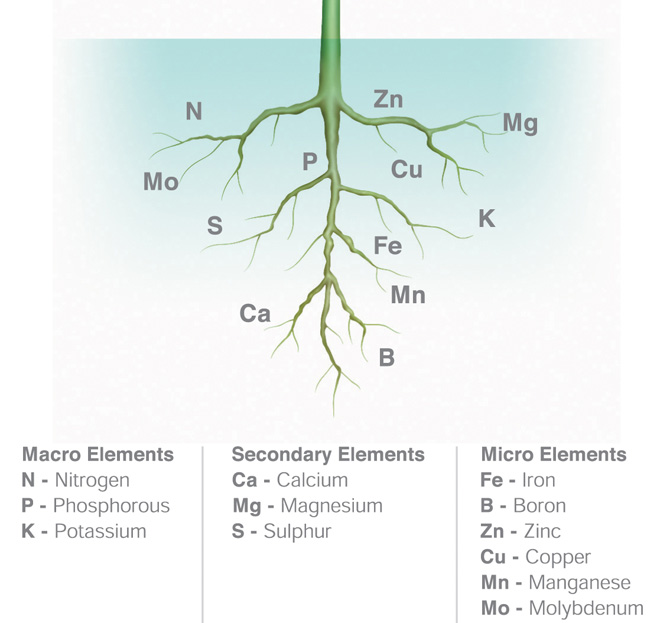
 |
|
Hydroponics - Indoor HorticultureHydroponics - Indoor Horticulture represents an educational, in-depth,
up-to-date,
indoor horticultural growers guide that covers all principles of indoor Hydroponics - Indoor Horticulture examines, explores, dissects and
presents a fully comprehensive step by step growers guide, relating
to all and every aspect of indoor hydroponic horticulture, with complete
chapters on plant biology, propagation, hydroponic systems, nutrients,
oxygen, carbon dioxide enrichment, pH, biological pest control, fungi/disease,
cuttings/clones, pruning/training, breeding, harvesting, equipment,
grow rooms, a full history of hydroponics, and more. |
(Below follows a one page sample taken from the
book)Macronutrients N-P-KThese elements are what the plants uptake the most. The percentage volumes of these elements are normally shown on the front or back of the bottled nutrient solutions. These nutrients are quite simply the base building blocks of all known life. Plants cannot thrive without them. Nitrogen (N)High energy plants require high levels of nitrogen, especially during the vegetative cycle of the plants’ growth. Nitrogen acts as a regulator for the plant to manufacture proteins for new protoplasm essential for the cells growth. Nitrogen is also essential for the manufacturing of amino acids, nucleic acids, chlorophyll, alkaloids, and enzymes. This element is an important nutrient for the leaf and stem growth; it contributes towards the size and vigour of the plant’s growth. Nitrogen is very active in immature buds or fruit, shoots and leaf systems. (NH4+) Ammonium nitrogen is the most readily available, however, do not overdo using this as it can easily burn your favourite plants. (N03-) the nitrate form of nitrogen has a much slower release than ammonium nitrate. Most hydroponics nutrients employ this type of nitrogen compound as a slower acting complement to the faster acting ammonium. DeficiencyThe most common nutrient deficiency is the lack of nitrogen. Telltale signs are that of slower growth. The lower canopy cannot manufacture chlorophyll and this encourages yellowing between veins while the veins |
themselves remain green. The
yellowing migrates throughout the entire leaf, with the end result causing
the leaf to die back and drop off. The stems of the plant and the leaf’s
underside turns a reddish-purple, however, this can also be a sign of
a phosphorus deficiency. Nitrogen is a very active mobile nutrient that
can dissipate into the environment quickly; this element does need to
be added regularly to sustain fast growing plants. Deficiency treatment is simple, by either using a complete quality hydroponics nutrient solution, or just a (N) nutrient solution. After an application of the above, the results should manifest themselves within 4-5 days. Sometimes bio-fertilisers or additives act as a catalyst to help the plant uptake nitrogen. Toxicity Strangely enough, the most common nutrient toxicity comes from nitrogen overdosing. This is evident by excessive lush foliage that is soft and susceptible to stressing, including fungal and insect attacks. The stems of the plants can become weak and may fold. Water uptake is restricted by the vascular transport tissues breaking down. Roots can develop very slowly with a tendency to brown and rot. Leaves in very bad cases can turn brown and copper, then dry and fall off. Flowers can end up small and sparse. |
| Example of Nutrients Required by Plants |

|
 |